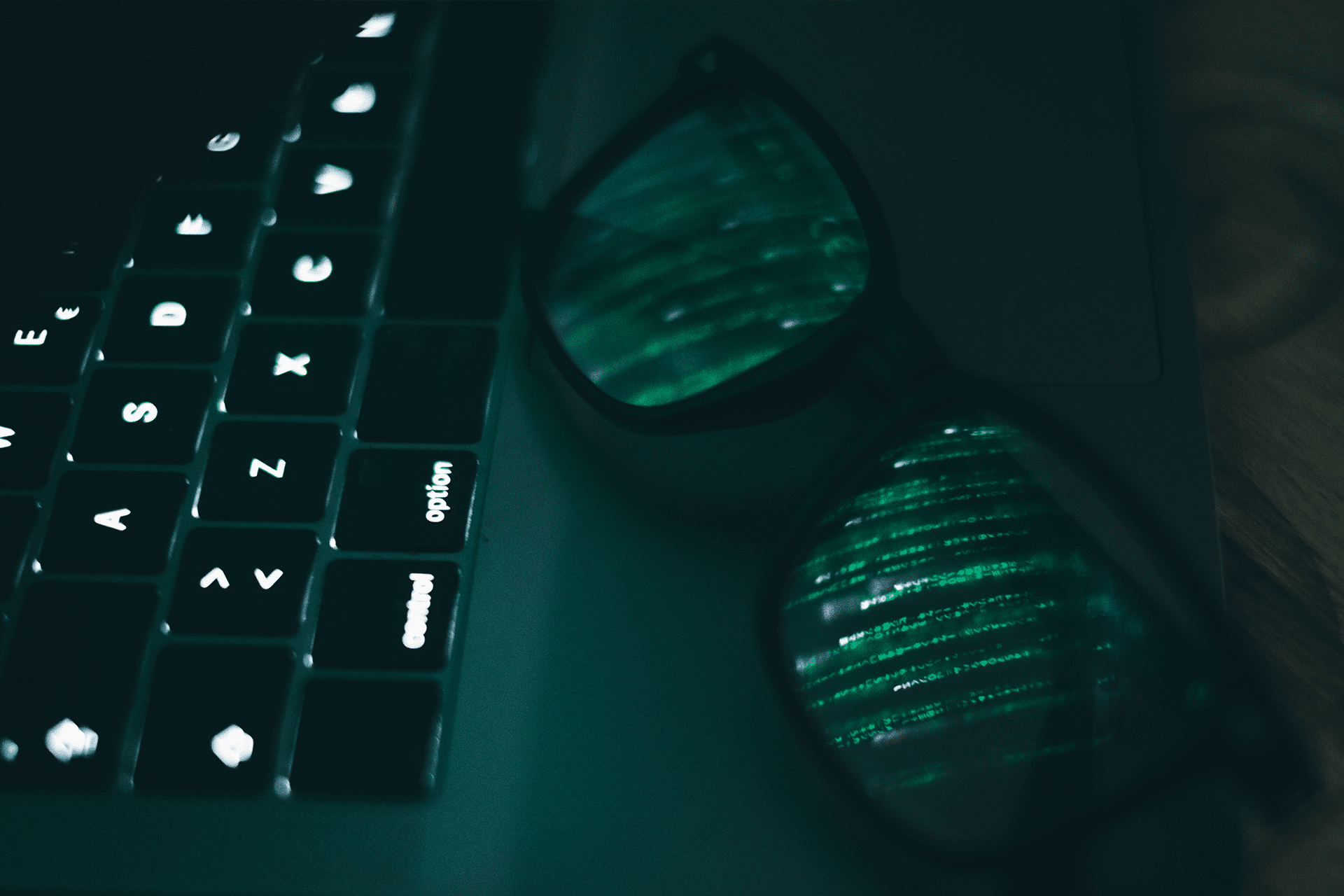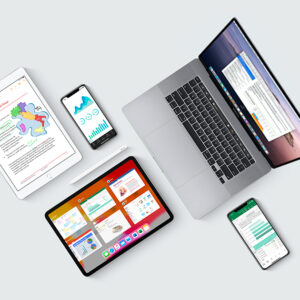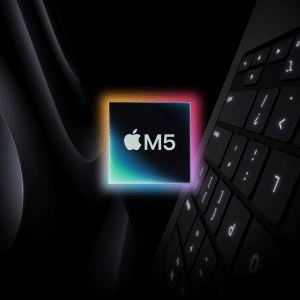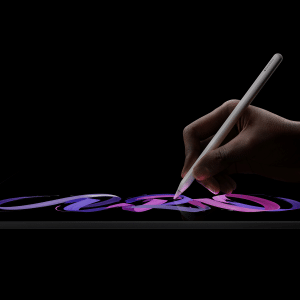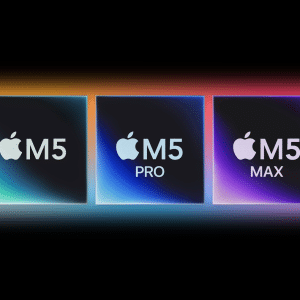The Apple ID data breach originated from a 47.42 GB database hosted on an unprotected web server, lacking both password protection and encryption. Fowler, who discovered the Apple ID data breach, verified its authenticity by checking a sample of email addresses but couldn’t identify the database’s owner or its exact purpose. Experts, cited by Wired, suggest infostealer malware—software that silently extracts credentials from browsers or apps—was likely responsible for collecting the data. This Apple ID data breach wasn’t a direct attack on Apple’s servers but rather a compilation of credentials stolen from users’ devices, exposing weaknesses in personal security practices. The database was taken offline on May 7, 2025, after Fowler alerted the hosting provider, but not before it had been accessible to anyone with the link.
Why This Breach Matters
The Apple ID data breach is particularly concerning because an Apple ID grants access to sensitive services like iCloud, the App Store, and personal data such as photos, messages, and payment details. Unencrypted passwords in the Apple ID data breach mean cybercriminals could attempt account takeovers, phishing scams, or credential stuffing attacks, where stolen logins are tested across multiple platforms. Fowler noted that the exposed data could be used to target high-value accounts, especially if users reused passwords across services like banks or government portals also included in the breach. For millions of Apple users, the Apple ID data breach poses risks of financial loss, identity theft, or unauthorized access to personal information, making immediate action critical.
Practical Steps to Protect Your Apple ID
To safeguard against the Apple ID data breach, users should take immediate steps to secure their accounts. First, change your Apple ID password through Settings > [Your Name] > Password & Security, ensuring it’s unique, at least 12 characters long, and not reused across other services. Enabling two-factor authentication (2FA) adds a second layer of security, requiring a trusted device or phone number to verify login attempts. Navigate to Settings > Passwords to check Apple’s Security Recommendations, which flag if your password appears in a known leak. Avoid storing passwords in browsers, as infostealer malware often targets these repositories. Instead, use iCloud Keychain or a third-party password manager like 1Password for secure storage. Regularly update your iPhone, iPad, or Mac to patch vulnerabilities, and never click links in unsolicited emails claiming to be from Apple, as phishing scams may exploit the Apple ID data breach.
Broader Implications for Tech Users
The Apple ID data breach highlights a growing challenge in the digital age: stolen credentials are often harvested not from company servers but from users’ devices. Infostealer malware can infiltrate through phishing emails, malicious apps, or unsecured websites, quietly collecting data from browsers like Safari or Chrome. This breach, while not Apple’s fault, emphasizes the need for proactive security habits. Reusing passwords across platforms amplifies risks, as a single compromised login can unlock multiple accounts. For tech users, this incident is a reminder to treat their Apple ID as a critical asset, given its role in accessing iCloud backups, Find My features, and payment methods. By adopting strong, unique passwords and enabling 2FA, users can significantly reduce their exposure.
Looking Ahead: Strengthening Defenses
While Apple’s security features, like end-to-end encryption and 2FA, are robust, they can’t protect against credentials exposed outside their ecosystem. The company has not publicly commented on the Apple ID data breach, but its removal from the web server limits further damage. Looking forward, users should expect cybercriminals to leverage exposed data for targeted attacks, especially as phishing techniques grow more sophisticated. Apple’s ongoing updates to iOS and macOS, including enhanced privacy alerts, aim to counter such threats. For now, this breach serves as a call to action: secure your Apple ID, stay vigilant, and adopt habits that keep your digital life safe from future breaches.
Why It Matters
The Apple ID data breach underscores the vulnerability of even the most tech-savvy users when credentials are mishandled. For Apple enthusiasts and casual users alike, protecting an Apple ID is about safeguarding not just a login but a gateway to personal and financial data. By taking simple, practical steps, users can mitigate risks and ensure their accounts remain secure, even in the face of massive breaches like this one.


